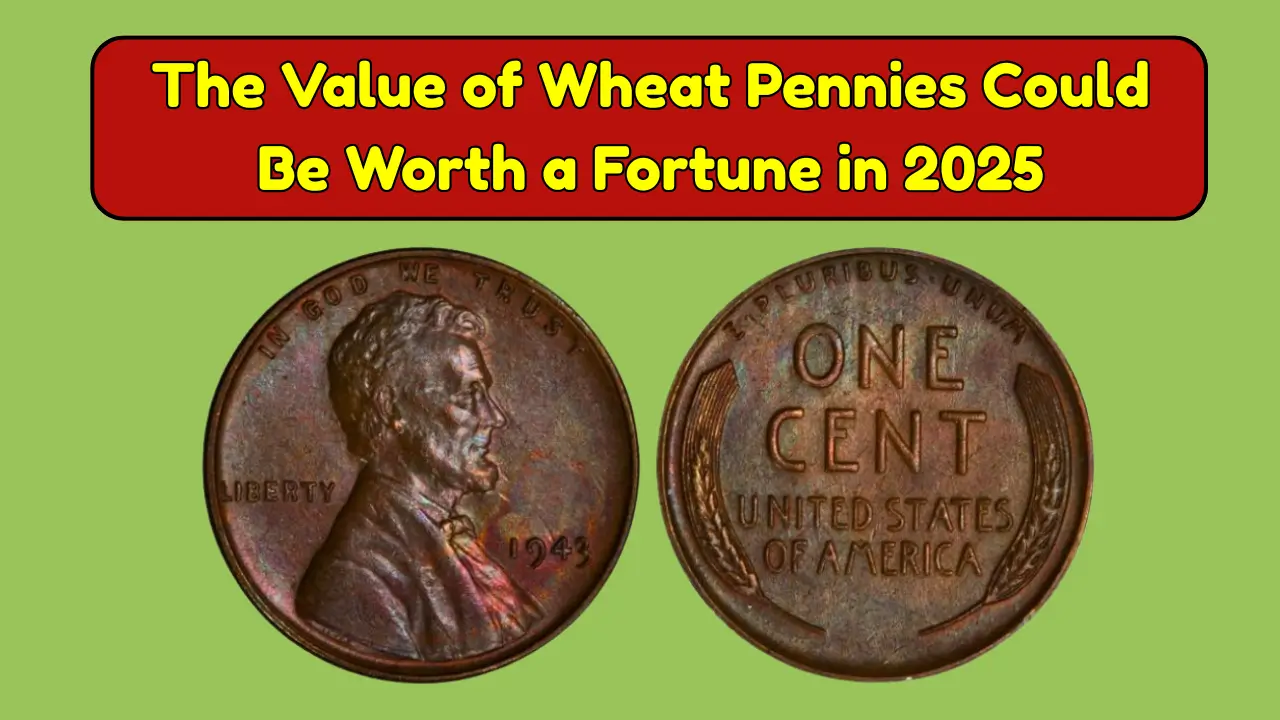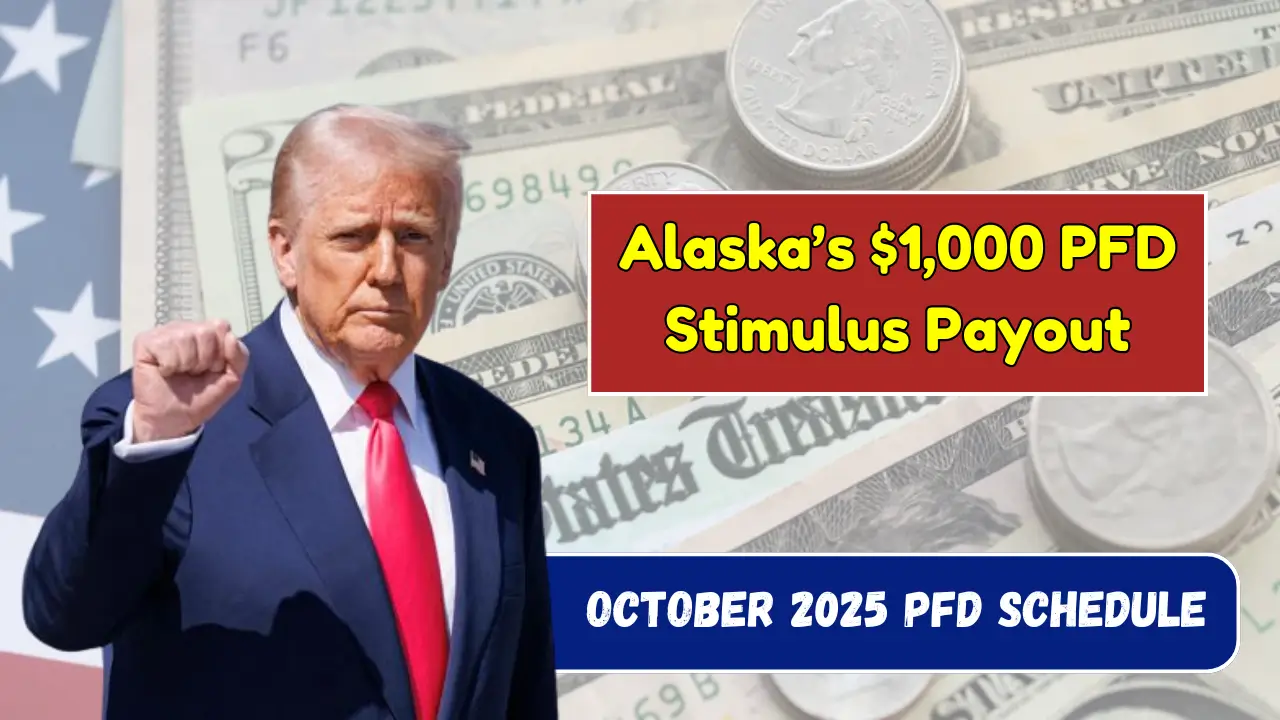The Value of Wheat Pennies By Year is a subject that sparks excitement in collectors and history buffs across the United States. Lincoln Wheat pennies, struck from 1909 to 1958, have become icons of American coinage.
While most are common pocket change, a select few command impressive prices on the collector’s market.
This guide delivers a comprehensive look at the value of Wheat pennies by year, explains what makes certain coins more valuable, and helps collectors spot key dates, errors, and varieties in their collections.
What Are Wheat Pennies?
Wheat pennies, or Lincoln Wheat cents, bear the profile of Abraham Lincoln on the obverse and two wheat stalks on the reverse. Officially minted between 1909 and 1958, they marked the centennial of Lincoln’s birth and replaced the Indian Head cent.
Over their 50-year run, Wheat pennies were struck at the Philadelphia (no mint mark), Denver (D), and San Francisco (S) mints and issued in both regular and special dies.
What Affects Wheat Penny Value?
Several factors play a role in determining a Wheat cent’s market value:
- Year and Mint Mark: Certain years and mints had lower production runs or unique characteristics.
- Grade/Condition: Uncirculated and high-grade coins are always more valuable.
- Varieties and Errors: Coins with doubled dies, rare planchets, or repunched mintmarks can be worth many times their face value.
- Historical Demand: Key years or coins with notorious scarcity attract the highest collector interest.
While most circulated Wheat pennies are worth between 3 cents and 50 cents, key dates and mint errors can command hundreds, thousands, or even six figures at auction.
Value of Wheat Pennies by Decade and Key Year
| Year(s) | Key Dates & Varieties | Typical Value (Good Condition) | Value (Uncirculated) | Notes |
| 1909 | 1909-S VDB, 1909-S | $600–$2,000+ | $2,000–$10,000+ | Major keys – lowest mintages |
| 1910–1919 | 1914-D, 1917 Doubled Die | $50–$200+ | $1,000–$5,000+ | 1914-D: hardest to find from Denver |
| 1920–1929 | 1922 Plain, 1925-S | $40–$150+ | $650–$9,000+ | 1922 Plain is a famous mint error |
| 1930–1939 | 1931-S, 1936 & 1937 Doubled Dies | $75–$150+ | $500–$10,000 | 1931-S: low mintage, very collectible |
| 1940–1949 | 1943 Bronze, 1944 Steel, 1946-S/S | $0.10–$100,000+ | $1,000–$1,000,000+ | 1943 Bronze & 1944 Steel top all records |
| 1950–1958 | 1955 Doubled Die, 1958 Doubled Die | $0.10–$350,000 | $0.50–$350,000 | 1955 DDO: classic doubled die sought after |
Values above represent broad ranges; market prices vary further by fine details, exact grade, and demand at time of sale.
Key Date Wheat Pennies and Their Value
Some Wheat cents are prized by collectors for their rarity and significance. The following are considered major “key date” Wheat pennies:
1. 1909-S VDB
- Standout rarity as the first year of issue; only 484,000 minted in San Francisco with designer initials “VDB”.
- Value Range: $700–$15,000+ depending on condition.
2. 1914-D
- Scarce Denver mintage; heavily counterfeited, so authentication is critical.
- Value Range: $200–$5,000+.
3. 1922 Plain
- Denver-only issue; some dies omitted the D mintmark, resulting in the famous “Plain” variety.
- Value Range: $500–$20,000+.
4. 1931-S
- Great Depression rarity; smallest mintage since 1909.
- Value Range: $100–$5,000+.
Semi-Key and Scarce Dates
While less valuable than the major “keys”, these dates still command premiums, especially in higher grades:
- 1911-S, 1912-S, 1913-S
- 1915-S, 1924-D, 1926-S, 1933-D, 1937-D, 1949-S
- Typical Value: $10–$100 in circulated condition, up to $1,000s uncirculated.
These coins are desirable for completing full Lincoln cent sets and can be attainable investments for moderate budgets.
Varieties and Error Wheat Pennies: The Big Prize
Certain Wheat pennies with unique errors or design varieties fetch some of the highest prices ever recorded for US coins. The most famous include:
| Variety/Year | Description | Auction Record (Upper Range) |
| 1943-D Bronze | Struck in bronze/copper, not steel | $800,000–$2,000,000 |
| 1944 Steel | Steel planchet error post-war | $408,000+ |
| 1955 Doubled Die | Dramatic obverse doubling | $50,000–$336,000 |
| 1958 Doubled Die | Scarce, doubled obverse | $50,000–$350,000 |
| 1922 No D | Denver issue lacking mint mark | $10,000–$70,000+ |
Most error coins are rare and are best verified by third-party grading services due to counterfeiting risks.
Condition and Grading: Why It Matters
Wheat penny values increase dramatically with better condition and grading. The three main color designations are:
- BN (Brown): Well-circulated copper colour
- RB (Red Brown): Mix of original red and brown
- RD (Red): Brilliant, almost mint-red surfaces
Uncirculated “RD” coins, especially from key dates, command the highest prices.
Investing and Collecting Wheat Pennies
The versatility of Wheat pennies means collectors can build sets on almost any budget:
- Bulk collecting: Gather common coins for fun, usually for under $1 each
- Key dates: Target scarcer pennies for value appreciation
- Error & variety hunting: Search for special dies, planchet oddities, and mint quirks for big potential returns
- Registry sets: Assemble top-grade, slabbed coins for competitive numismatic registry listings
A blend of historical interest, accessibility, and investment potential keeps the value of Wheat pennies by year firmly in focus among U.S. collectors.
Table: Value Trends for Common vs. Rare Wheat Pennies
| Wheat Penny Type | Typical Value (Circulated) | Uncirculated (High Grade) | Notes |
| Common Dates (1940–1958) | $0.05–$0.50 | $1–$5 | Readily available, little premium |
| Semi-Keys (1911-S, etc.) | $8–$100 | $150–$2,000 | Scarcer but attainable |
| Key Dates (see above) | $100–$2,000+ | $5,000–$15,000+ | Core collector demand |
| Error Varieties | $200–$15,000+ | $10,000–$800,000+ | Requires authentication |
Tips for Spotting Value in Wheat Pennies
- Look for mint marks below the date (D or S can often be more valuable than no mint mark)
- Check for doubling on dates or inscriptions (classic sign of valuable error varieties)
- Examine coins for luster, wear, and color (RD, RB, BN)
- When in doubt, consult a reputable dealer or third-party grading service
Frequently Asked Questions (FAQs)
1. Which Wheat penny years are the most valuable to collectors?
The most valuable are the 1909-S VDB, 1914-D, 1922 Plain, 1931-S, as well as key errors like the 1955 Doubled Die and 1943 Bronze cents.
2. Are all old Wheat pennies worth more than face value?
No; most common dates in circulated condition are worth less than ten cents, but certain key dates or high grades can be quite valuable.
3. How can I identify valuable Wheat penny errors?
Look for signs of doubling, missing or weak mint marks, unusual colours, or weight differences. Rare errors often require authentication.
4. What is the best way to sell valuable Wheat pennies?
High-value coins should be authenticated and graded, then sold via reputable coin dealers or major auction houses for the strongest prices.
5. Can I still find Wheat pennies in circulation today?
It’s rare but possible; most have been removed from change. Searching coin rolls and estate lots may still produce exciting finds for collectors.












